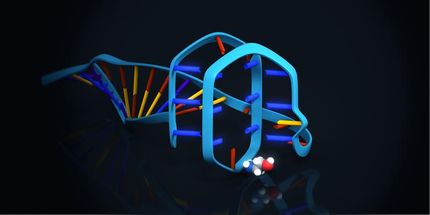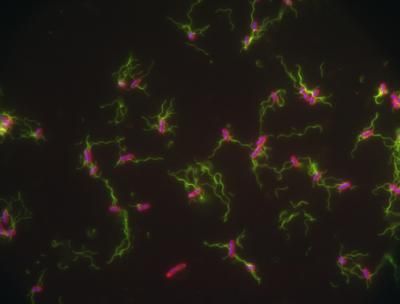Pirate-like flies connect symbiosis to diversity
Advertisement
After a year of studying up close the symbiotic relationship between a mosquito-sized bug and a fungus, a Simon Fraser University biologist has advanced the scientific understanding of biological diversity.
Jeffrey Joy has discovered that symbiosis — a relationship between two or more organisms that can be parasitic or mutualistic — is as much the mother of biological diversity as predation and competition.
The Proceedings of the Royal Society of London Series B journal has published the post-doctoral researcher’s findings online.
After comparing the niche and species diversification of two categories of gall-inducing flies, Joy has concluded that prolific diversity can be a hallmark of symbiotic relationships. No bigger than a speck of dust on your fingertip, these flies (Diptera: Cecidomyiidae) are ubiquitous worldwide, with more than 6100 species.
Joy found one group (617 families) of these flies was in a symbiotic relationship with a fungus called Botryosphaeria. Another, much larger control group (2809 families) had no such relationship with the fungus.
Scientists are not yet certain how the fly and fungus came together in the first place. But Joy has discovered that their relationship has evolved at least four different times, since the two first saw symbiosis — as opposed to love — at first sight.
Flies involved with the fungi have developed the ability to pick up the fungi, store them in biological pockets and deposit them on plants. There, the flies use the fungi to turn plant tissue into food inside a gall, a tumour-like structure that the flies cause on the plant.
"The flies are like pirates," explains Joy. "They use the fungi as boats to float across a genomic sea and board a plant that is genetically far removed from what they would otherwise be able to feed on."
The fungus, which is a broad-feeding plant pathogen, allows the flies to feed on a greater variety of plants compared to their non-symbiotic brethren.
"Symbiotic lineages of these flies have undergone a more than seven-fold expansion in the range of plants they can feed on relative to the lineages without such fungal symbionts. Also, one genus of gall-inducing flies utilizing fungal symbionts is 50 per cent more diverse than its brethren without the symbiotic relationship."
Joy is as excited about discovering how symbiosis between flies and fungi advances evolutionary theories as he is about discovering the relationship itself.
"The goal of this work was to test predictions of evolutionary theories of diversification and symbiosis," explains Joy. "The theory I observed in action is that the evolution of symbiosis catalyzes niche expansion — an organism's use of more resources — and diversification — increased species in lineages.
"These findings expand our understanding of how biological diversity is generated and how processes, such as symbiosis, lead to some remarkable examples of biology, such as the symbiotic mutualism between clownfish and sea anemone."























































